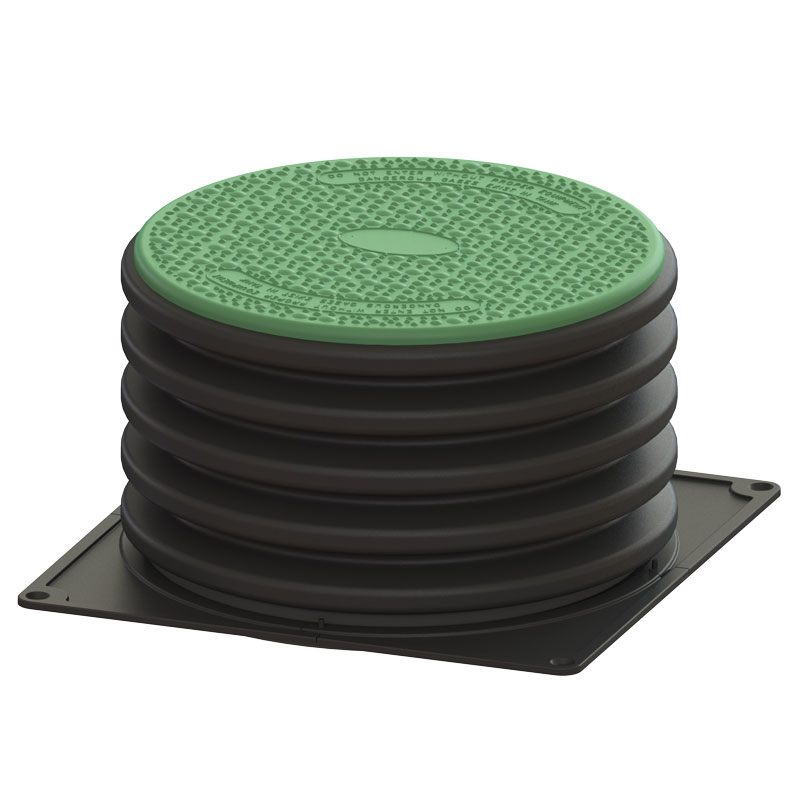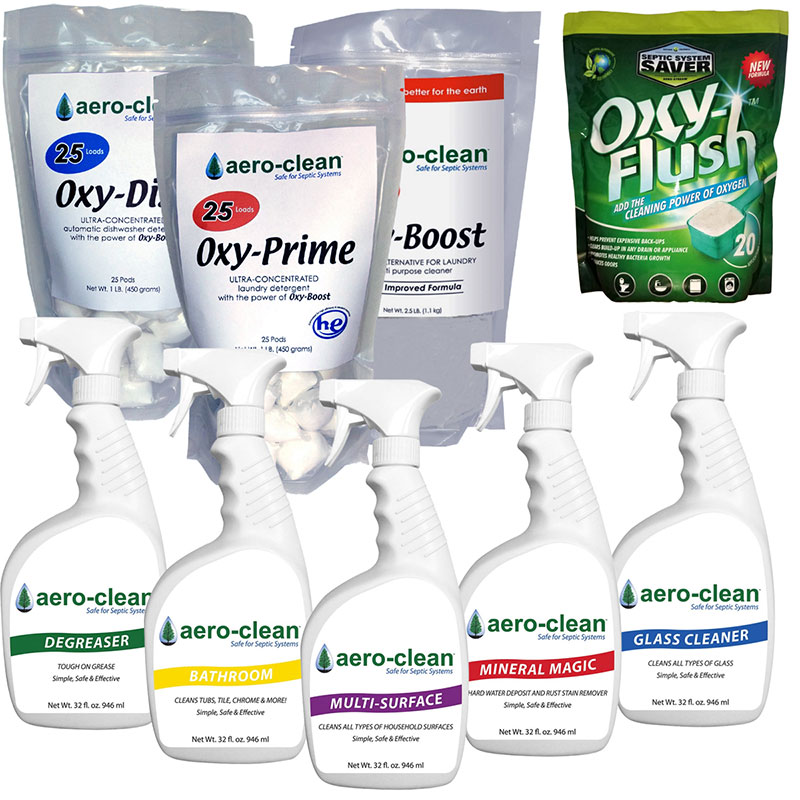Understanding how to maintain the proper working order of an aerobic septic system can save you from making costly repairs, and can ensure Septic System Saver® that your local groundwater stays healthy. For rural homeowners with a water well, a well-maintained septic system is a must.
How It Works
An aerobic septic system uses a combination of bacteria, which feed on oxygen, to break down waste. The most common septic tank problems that occur with an aerobic system is that the tank becomes too full to allow oxygen to enter. When there isn’t enough oxygen in the tank you can experience odors from the tank as well as a buildup of organic materials that are typically broken down by the bacteria in the system.
When an aerobic septic system is functioning optimally, it provides you with an odorless septic tank that reduces the amount of bacteria from organic matter in the surrounding soil. All septic systems rely on surrounding soil to filter waste water from your septic systems. When the tank has available oxygen, the surrounding soil is cleaner and more efficient at eliminating bacteria from the tank.
How to Protect Your Septic System
If you have an aerobic septic system, it is never too early to consider using an aerator to ensure the right amount of oxygen is in your tank. An aerator can help you avoid many of the most common septic tank problems by providing food, or oxygen, for the bacteria in the tank. If you are currently experiencing backups and other septic tank issues, it isn’t too late to begin using an aerator to increase the productivity of your septic system.
An aerator is an external device that can turn your septic tank into an aerobic septic system, even if the tank is currently failing and you have been advised to install a replacement tank. Most often, you will want to install a system that supports bacterial growth inside the tank, and that provides oxygen, to ensure your septic system is working to its maximum efficiency.


